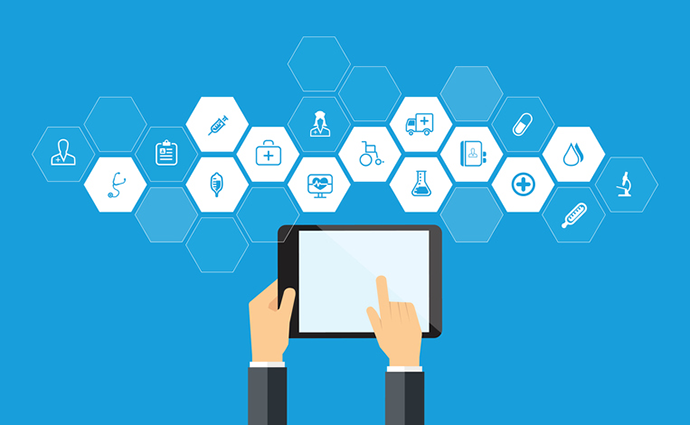Telehealth Use Continues to Rise, But COVID-19 Not Among Top Diagnoses
Following August’s trend, September saw another increase in telehealth use on the national level, as well as in the West and Midwest regions.

Source: Getty Images
- National telehealth use increased by 2.3 percent in September, but COVID-19 is no longer in the top five diagnoses, according to FAIR Health’s Monthly Telehealth Regional Tracker.
The COVID-19 pandemic jumpstarted rapid telehealth adoption in 2020, and the care delivery method is still popular among Americans this year.
In August, telehealth accounted for 4.3 percent of all medical claim lines in the country. That percentage grew to 4.4 percent in September. Telehealth utilization saw a similar national increase from July to August, rising by 2.4 percent.
Across the U.S., the West and Midwest saw increases in telehealth utilization of 3.45 percent and 6.9 percent, respectively. Meanwhile, utilization in the South stayed the same, accounting for 3.5 percent of all claims. On the other hand, the Northeast volume of claim lines dropped from 5 to 4.8 percent.
A key difference between August and September was COVID-19’s spot on the top diagnoses list. In August, COVID-19 was the fifth most common telehealth diagnosis in the country. It appeared in the top five diagnoses in every region except for the Northeast.
In contrast, COVID-19 was not among the top five telehealth diagnoses in September except for in the Midwest where it was the fifth most common diagnosis and accounted for 1.4 percent of all telehealth claim lines.
Telehealth utilization for mental health services also experienced changes between July and September. Whereas the share of telehealth claim lines for mental health conditions decreased nationally and in every region from July to August, it increased nationally from 58.8 percent in August to 61.2 percent in September.
Telehealth use for mental health services rose in every region as well, with the South seeing the biggest increase, going from 47.5 percent of all claims in August to 51.3 percent in September, the report found.
As in August, generalized anxiety disorder was the top mental health diagnosis in September nationally and in every region save for the West, where major depressive disorder was the most common.
Substance use disorder joined the top five telehealth diagnoses on a national level, replacing the spot of COVID-19. In the Northeast, it jumped from third place to fourth place in September.
Acute respiratory diseases and infections was the second most common telehealth diagnosis in every region except for the West, where it was the fourth most common.
Developmental disorders also appeared in the top five diagnoses for the country and every region except the South. In the regions where it made the top five, this diagnosis accounted for more claim lines in September than in August, the report revealed.
CPT code 90837 for 60 minutes of psychotherapy remained the most used procedure code in the country and all regions.
On a national level, CPT code 90833 for 30 minutes of psychotherapy performed with evaluation and management visits ranked fifth in September, replacing CPT code 99441 for five to ten minutes of medical discussion with a physician over the phone. August saw the opposite, with CPT 99441 replacing CPT 90833.
FAIR Health’s telehealth tracker represents data from privately insured individuals, including Medicare Advantage beneficiaries. The company has been documenting telehealth utilization in the country since May 2020.
